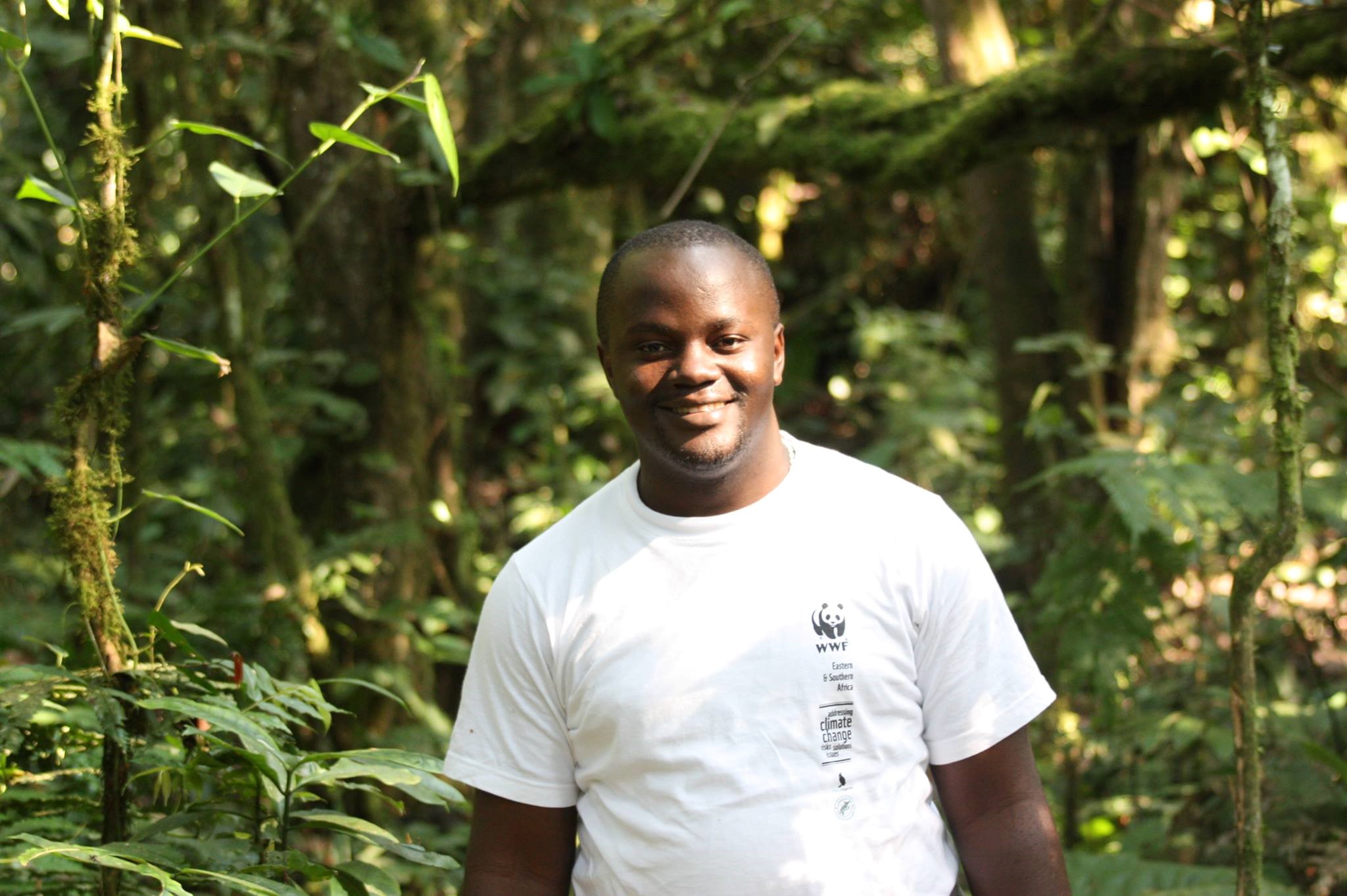Interview with WWF Africa Energy Coordinator, Robert Ddamulira

One of the key strengths of WWF-SIGHT is its extractive data which are updated every trimester. The WWF Africa Energy Hub hosted in Uganda has been one of the key users of WWF-SIGHT in the last few months, under the Oil For Development (OfD) Programme. In this interview, Robert Ddamulira, Africa Energy Coordinator, gives an insight on what are the major challenges in the Oil and Gas sector in East Africa, some of the key messages and achievements, and how he and his team have been using WWF-SIGHT.
Please Introduce yourself
My name is Robert Ddamulira, I work as the Africa Energy Coordinator, for WWF Regional Office for Africa – Energy Hub hosted by WWF Uganda. I have been in WWF for 8 years.
Please give us a summary of your current work
My work involves coordinating WWF country office teams together with partners to address various sustainable energy issues in Africa including the increased use of renewable energy; addressing the foot print issues of large scale energy developments such as hydropower and oil and gas developments, as well as deployment of last mile modern energy access solutions on clean cooking and lighting. We do this largely by influencing the outcomes of national level policy engagements as well as field level pilot initiatives.
WWF has attended the East Africa O&G forum in Burundi, what were the main points?
A CSO position paper summarizing key priority issues environmental and socio-economic issues associated with petroleum development in the region was developed during the CSO strategy meeting and was disseminated to government and private sector actors at the event. The message from the H.E Pierre Nkurunziza, The President of the Republic of Burundi was very much in line with the CSO asks at the conference;
“Development is a good thing, quick development is even better, but sustainable development is the best thing we should all strive for”
We also managed to secure CSO input into two policy briefing notes, which WWF had earlier developed. The two papers are entitled; i) Safeguarding people & nature in the East African Crude Oil Pipeline (EACOP) Project ii) oil development and sustainable energy for all in East Africa – a policy briefing paper on Kenya, Uganda and Tanzania. The CSO Coalition on Oil and Gas in Uganda (CSCO) requested to participate as co-authors in finalizing the EACOP project paper, which is yet to be published later this July 2017.
What are the biggest challenge you see in the O&G development in East Africa?
Safeguarding people and biodiversity during oil and gas development is probably the most important challenge. Across the region, oil and gas developments are overlapping with critical socio-economic and biodiversity assets that have provided for important tourism revenue and direct sustenance for local livelihoods for several generations. For example, many oil and gas developments are located within the Albertine Rift which is the most important conservation area on continental Africa with 52% species of all birds in Africa, 39% species of all Africa’s mammals and 19% its species of amphibians. This exceptionally bio-diverse landscape, is critical to biodiversity conservation and the local economy and provides for millions of local livelihoods both today and in the foreseeable future. We need to find the right balance between economic development, biodiversity conservation and social safeguards by protecting of land rights and translating the finite oil and gas benefits into long-term sustainable development e.g. by using petroleum revenues in harnessing the region’s vast renewable energy potential that currently remains under-developed.
How have you used WWF-SIGHT in your work with your team?
WWF-SIGHT is a fantastic application developed by WWF. We finally have an up to date and reliable means that provides us with a good overview of Oil and Gas contracts in the region, which we did not have before. In addition to undertaking regular monitoring of Oil and Gas concessions over focus areas such as Protected areas, we have used the WWF SIGHT to do the Preliminary Threat Analysis (PTA) of the East Africa Crude Oil Pipeline project, which is planned for development over the next few years and will transport crude oil from Hoima in Western Uganda to the port Tanga at the Indian Ocean in North Eastern Tanzania. WWF-SIGHT allowed us to easily overlay the pipeline over a set of environmental and socio-economic metrics to understand the environmental and socio-economic impacts that this pipeline may have. This analysis will be published in July 2017 and will provide a solid basis for engaging and discussing this development and request a state of the art Environmental Impact Assessment for this pipeline. WWF-SIGHT has also helped us to communicate better on the salient issues in general. The tool has provided us with content that has improved our capability to undertake fact based policy advocacy in our engagements towards improved integration of environmental and socio-economic concerns on oil and gas developments in East and Southern Africa as a whole.
Any suggestions for improvement on the tool and how you see it adapting in the future?
The suggested improvement is really to ensure that we develop in-house capacity in Africa to apply the WWF SIGHT tool in our ongoing engagements. We should also make the tool and such capacity available to our CSO partners. This will improve the applicability of the tool for various contexts and thereby increase the contribution of the tool to sustainable natural resource management.